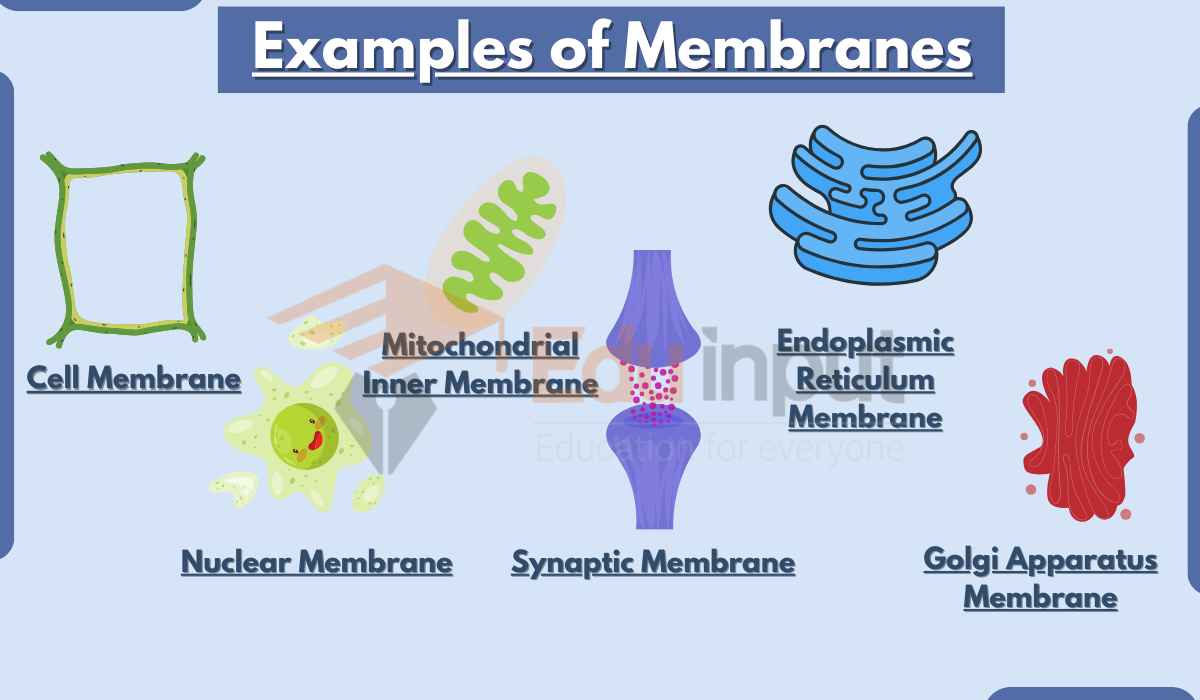Examples of Inherited Traits
Inherited Traits are the traits that are genetically transferred to offspring from parents.
Inherited Traits in Humans
Here are a few examples of Inherited Traits in humans:
1. Eye color
Eye color is one of the most noticeable inherited traits in humans. It is determined by a combination of genes, and there are many different possible eye colors, including brown, blue, green, hazel, and amber. The most common eye color in the world is brown, followed by blue.
2. Hair color
Hair color and texture are also inherited traits. The amount of melanin in a person’s hair determines the color, with more melanin resulting in darker hair. Hair texture can be straight, wavy, curly, or kinky.
3. Skin tone
Skin tone is another inherited trait that is determined by the amount of melanin in the skin. People with more melanin have darker skin, while people with less melanin have lighter skin. Skin tone can also be affected by exposure to sunlight.
4. Blood group
Blood group is an inherited trait that is determined by the presence of certain antigens on the surface of red blood cells. There are four main blood groups in humans: A, B, AB, and O. People with the same blood group can donate blood to each other without any problems.
5. Freckles
Freckles are small, brown spots that appear on the skin. They are caused by a combination of genes and sun exposure. Freckles are more common in people with fair skin.
6. Color blindness
Color blindness is a condition that affects the ability to see certain colors. There are many different types of color blindness, but the most common type is red-green color blindness. People with red-green color blindness have difficulty distinguishing between red and green.
7. Right Handedness
Dominant hand is another inherited trait. Most people are right-handed, but about 10% of people are left-handed. Handedness is determined by a combination of genes and environmental factors.
8. Dimples
Dimples are small indentations in the cheeks that appear when a person smiles. Dimples are caused by a combination of genes and muscle structure.
9. Earlobe attachment
Earlobe attachment is another inherited trait. Earlobes can be attached or unattached. Attached earlobes are the most common type. Unattached earlobes are less common, but they are not considered to be a sign of any medical condition.
10. Hairline Shape
Hairline shape is also an inherited trait. Hairlines can be straight, wavy, or receding. The shape of a person’s hairline is determined by a combination of genes and genetics.
Inherited Traits in Animals
Here are few examples of Examples of Inherited Traits in humans:
1. Eye color
Eye color in animals is also determined by a combination of genes, and there are many different possible eye colors, including brown, blue, green, hazel, and amber. The most common eye color in the animal kingdom is brown, followed by blue.
2. Fur color
Fur color and pattern (eg, patches, spots) in animals are also inherited traits. The amount of melanin in an animal’s fur determines the color, with more melanin resulting in darker fur. Fur pattern can be solid, striped, spotted, or patterned.
3. Height
Height and length in animals are also inherited traits. The genes that determine height and length are often linked to other genes that affect body shape and proportions. For example, a horse with a long neck is likely to be taller than a horse with a short neck.
4. Ear size
Ear size and shape in animals are also inherited traits. The size and shape of an animal’s ears can help it to hear better or worse in different environments. For example, animals that live in noisy environments often have smaller ears than animals that live in quiet environments.
5. Tail size
Tail size and length in animals are also inherited traits. The size and length of an animal’s tail can help it to balance, swim, or communicate with other animals. For example, a monkey with a long tail can use its tail to swing through trees.
6. Scale color
Scale color and pattern in animals are also inherited traits. The color and pattern of an animal’s scales can help it to camouflage itself from predators or attract mates. For example, a chameleon can change the color of its scales to match its surroundings.
7. Behaviors
Behaviors (eg, ability to swim, climb trees) in animals are also inherited traits. Some behaviors are essential for survival, such as the ability to swim or climb trees. Other behaviors are less essential, such as the ability to play or dance.
Inherited Traits in Plants
Here are few examples of Inherited Traits in Plants:
1. Flower color and shape
Flower color and shape in plants are also inherited traits. The color and shape of a plant’s flowers can help to attract pollinators. For example, a flower with bright colors is more likely to be seen by pollinators.
2. Seed shape
Seed shape (round or wrinkled) in plants are also inherited traits. The shape of a plant’s seed can help it to disperse and germinate. For example, a seed with a round shape is more likely to roll away from the parent plant, while a seed with a wrinkled shape is more likely to stick to the ground.
3. Seed color
Seed color in plants are also inherited traits. The color of a plant’s seed can help it to camouflage itself from predators. For example, a seed with a dark color is more likely to blend in with the soil.
4. Pod color and shape
Pod color and shape in plants are also inherited traits. The color and shape of a plant’s pod can help protect the seeds from predators. For example, a pod with a hard shell is more likely to protect the seeds from being eaten.
5. Leaf pattern
Leaf pattern in plants are also inherited traits. The pattern of a plant’s leaves can help regulate the amount of sunlight that the plant receives. For example, a plant with leaves that are arranged in a spiral pattern is more likely to receive even amounts of sunlight.
6. Stem height
Stem height in plants are also inherited traits. The height of a plant can help it reach sunlight or avoid predators. For example, a plant that grows tall is more likely to reach sunlight, while a plant that grows short is more likely to avoid predators.
7. Resistance to pests
Resistance to pests and diseases in plants are also inherited traits. Some plants are more resistant to pests and diseases than others. This can be an important trait for plants that grow in areas with high levels of pests and diseases.

 written by
written by 



Leave a Reply